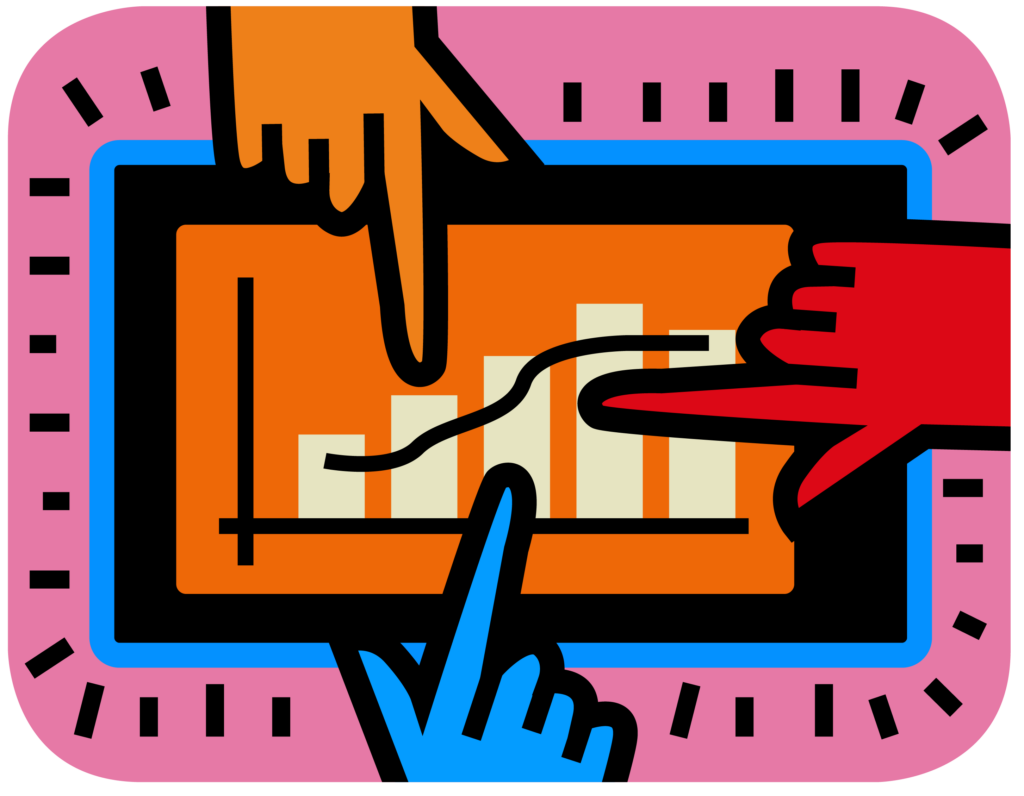
In the fast-paced world of marketing, staying ahead of the curve is essential for success. Predictive analytics has emerged as a game-changing tool, allowing marketers to forecast market trends with unprecedented precision. By harnessing the power of data and advanced algorithms, businesses can gain a competitive edge by making informed decisions before trends take shape. In this article, we’ll delve into the realm of predictive analytics and provide actionable tactics that marketers can implement to anticipate market trends.
Understanding Predictive Analytics
Predictive analytics involves the use of historical data, statistical algorithms, and machine learning techniques to identify patterns and make future predictions. In the marketing context, this translates into anticipating consumer behavior, preferences, and market shifts. By analyzing past data and identifying correlations, predictive analytics empowers marketers to proactively adjust strategies and capitalize on emerging trends.

8 Actionable Tactics for Marketers
1. Data Collection and Cleaning: The Foundation
Start by collecting comprehensive and relevant data. This includes customer interactions, purchase history, website behavior, social media engagement, and more. Clean and organize this data to ensure accuracy, as the quality of predictions relies heavily on the quality of input.
Employ the power of Salesforce to corral a mosaic of customer interactions, purchase histories, site trails, and social media engagements.
2. Segmentation and Persona Analysis
Personalized Insights Use predictive analytics to create detailed customer segments and personas. Analyze historical data to understand the characteristics, behaviors, and preferences of different customer groups. This enables marketers to tailor campaigns and offerings to specific segments, maximizing engagement and conversions.
Elevate your strategy with the orchestration of HubSpot. Blend predictive analytics with persona analysis to decode intricate segments and personas. Translate historical tapestries into personalized strategies that resonate with distinct segments, translating to amplified engagement.
3. Leverage Machine Learning Algorithms
Uncover Hidden Insights Implement machine learning algorithms to uncover hidden insights within your data. Algorithms such as clustering and regression can reveal patterns and correlations that might not be apparent through traditional analysis methods.
Equip yourself with algorithms like clustering and regression from IBM Watson to unravel concealed truths beneath data layers, revealing patterns that classical methods often bypass.
4. Social Listening and Sentiment Analysis
Gauge Public Perception Monitor social media platforms and online forums to gauge public sentiment and reactions. Sentiment analysis tools can help you understand how consumers feel about your brand, products, or industry. This information can guide your marketing strategies and help you address concerns proactively.
Deploy Brandwatch to eavesdrop on the collective digital consciousness. Understand brand resonance, industry ripples, and consumer sentiments, illuminating your path forward.
5. Time Series Analysis
Spotting Trends Over Time Utilize time series analysis to identify trends that evolve over time. This is especially useful for tracking seasonal trends, recurring patterns, and gradual shifts in consumer behavior. By spotting these trends early, you can tailor campaigns to align with upcoming changes.
To anticipate trends, embrace Tableau for time series analysis. Chronicle the evolution of trends and unearth seasonal oscillations, gradual transformations, and evolutionary currents guiding your campaigns.
6. Competitor Analysis and Benchmarking
Stay Ahead Predictive analytics isn’t just about your own data; it can also involve analyzing your competitors. By monitoring their activities and analyzing their data, you can anticipate their moves and identify gaps in the market that you can capitalize on.
Uncover competitors’ steps with SEMrush. Peek into their strategies, decode their data footprints, and pave your own distinctive route. A dash of subterfuge yields strategic insights and uncovers avenues to seize.
7. A/B Testing and Optimization
Continuous Improvement Combine predictive analytics with A/B testing to optimize your campaigns in real-time. Predictive models can guide you in making data-driven decisions about which variations are likely to perform better, improving your campaign’s effectiveness.
Merge predictive prowess with real-world experiments. The fusion of predictive analytics and Optimizely‘s A/B tests is akin to a symphony. Embrace data’s harmonious cadence to optimize campaigns seamlessly.
8. Scenario Planning
Prepare for Multiple Futures Create scenarios based on your predictive models. What if a particular trend accelerates? What if consumer preferences shift? This enables you to have contingency plans in place and respond quickly to unexpected changes.
Glimpse multiple futures using Anaplan. Envision outcomes based on predictive models – a tapestry of possibilities awaiting your adept maneuvering. Plan for every contingency, and be ready to seize the moment.
Stay Ahead of the Competition
Predictive analytics is a powerful tool that empowers marketers to anticipate market trends and consumer behavior accurately. By leveraging historical data, machine learning algorithms, and actionable insights, businesses can gain a competitive advantage and adapt to evolving market conditions with precision. Implementing these tactics not only enables you to stay ahead of the competition but also positions you to lead the market, offering products and services aligned with consumer demands before they even fully manifest. In a world driven by data, predictive analytics is the compass that guides savvy marketers toward success.




